simulation
Latest

Prison Architect 2 is a 3D sequel to a beloved indie game, and it's arriving March 26
Prison Architect 2 is a sequel to the cult hit from 2015 and brings the franchise to 3D, while retaining much of the simulation goodness from the original. It releases on March 26 for PC via Steam, Xbox Series X/S and PlayStation 5.
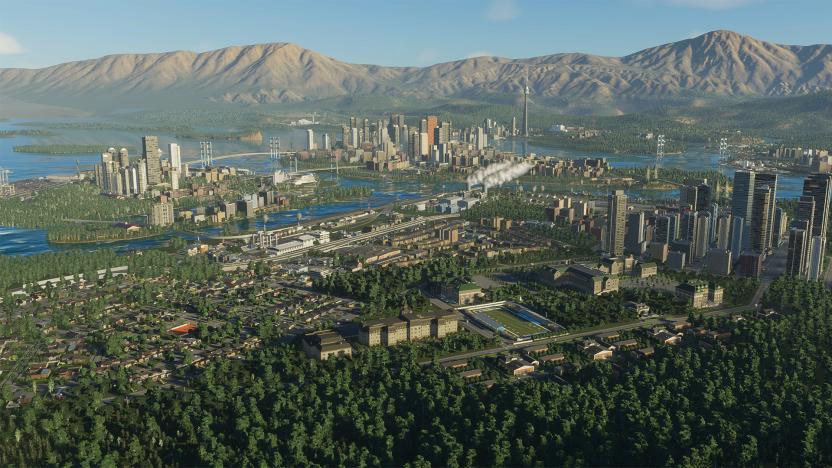
Cities: Skylines II developer delays DLC to to focus on fixing the base game
Cities: Skylines II developer Colossal Order is delaying the game’s expansion roadmap. After numerous complaints about the PC game’s performance (and the delay of console versions until 2024), the team will pause rapid patches, digging instead into more time-consuming performance and bug fixes.
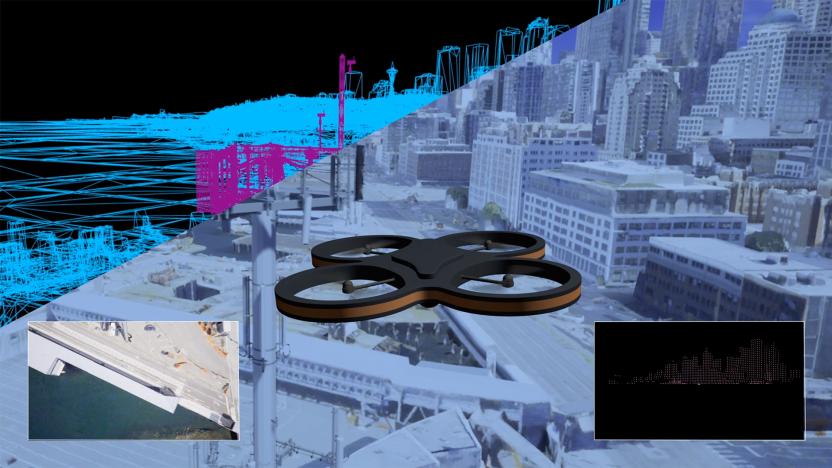
Microsoft helps speed up work on AI for autonomous drones and flying taxis
Microsoft has unveiled a platform that helps prep autonomous drones and flying taxis for the real world.
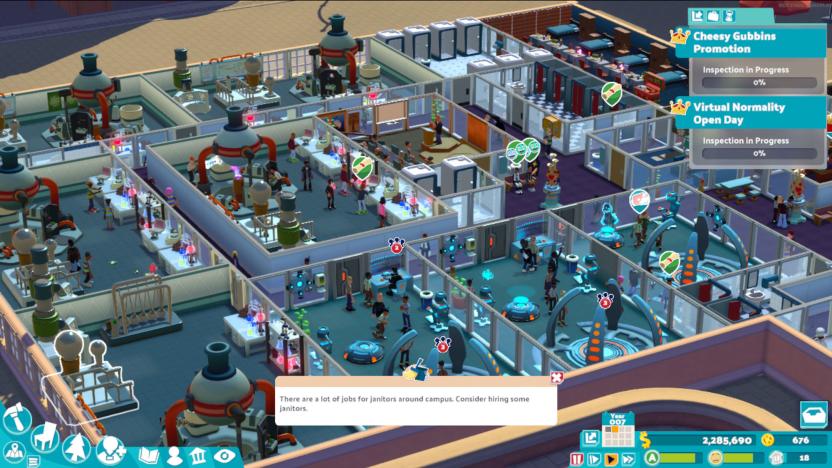
‘Two Point Campus’ offers evolution, not revolution
It's not a dramatic departure from the template laid down in 'Hospital' but that's not a bad thing.
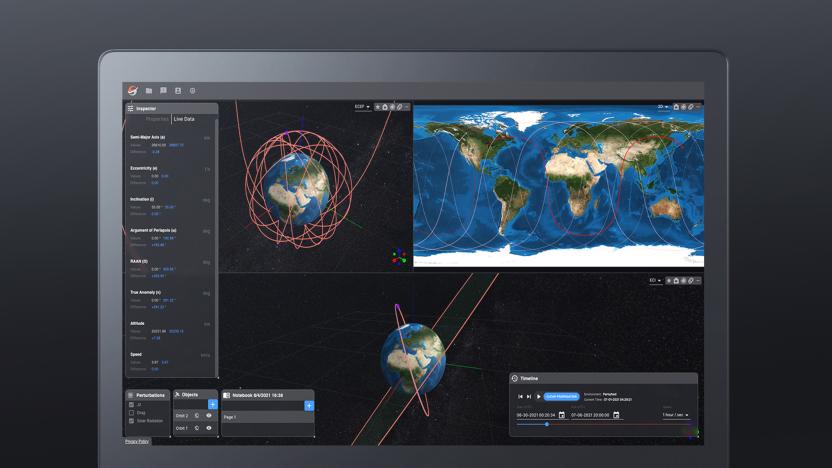
The US Space Force will use a 'digital twin' to simulate satellite incidents
The US Space Force will use a 'digital twin' to simulate satellite incidents and help it prepare for collisions and even warfare.
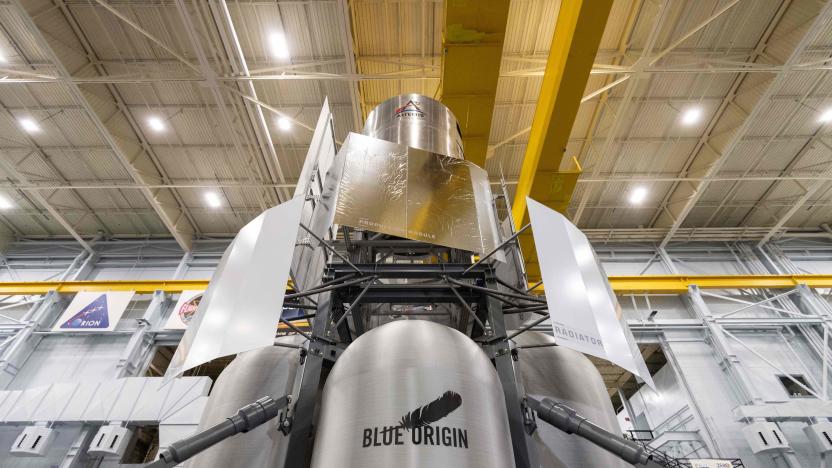
Blue Origin's lunar lander mockup is ready for NASA simulations
Blue Origin and its “National Team” partners Lockheed Martin, Northrop Grumman and Draper have delivered their full scale lunar lander mock-up to NASA. The space agency will use the engineering prototype to simulate how it could get “crew, equipment, supplies and samples off and on the vehicle” in future moon missions.

2K's upcoming NFL games will feature real pro players
The deal covers more than 2,000 current professional NFL players.

EA can make Madden games until 2026 after renewing its NFL deal
Electronic Arts and the National Football League have agreed to extend their partnership for the Madden NFL series until 2026.

NBA 2K's simulated postseason sets its finals: Bucks vs. Lakers
With the NBA season still on hold with no plans to resume in sight, the team behind NBA 2K simulated the rest of the games and came up with a Bucks vs. Lakers matchup in the finals.

NBA 2K's playoffs simulation moves on to the second round
The NBA season is on a break, but the folks at 2K are simulating what might have happened. Shockingly, the Bucks and Lakers are leading the way into the second round of the playoffs.

SpaceX video shows a simulated Crew Dragon mission to the ISS
SpaceX knows firsthand that spaceflight tests don't always go as planned. Earlier this year, an explosion during one such tests destroyed its Crew Dragon capsule. But those working on the project remain optimistic. NASA has said the capsule could be ready for its first crewed "Demo-2" test flight to the ISS in the first quarter of 2020, and today, Elon Musk tweeted a video simulation of what that flight might look like.

Supercomputer creates millions of virtual universes
How do you understand the development of galaxies when even the younger examples are frequently billions of years old? Simulate as many universes as you can, apparently. Researchers at the University of Arizona have used the school's Ocelote supercomputer as a "UniverseMachine" that generates millions of mini universes to see how well they line up with the real cosmos. Rather than try to portray every nuance of the whole universe (even a single fully modeled galaxy would require far too much computing power), the team devised a system that had just enough resolution to scale from supernovae to a "sizeable chunk" of observed space. Each virtual universe had a different set of rules, and it was largely a matter of seeing which simulations lined up the closest with real data.

Waymo's self-driving system has driven 10 billion virtual miles
The 10 million miles Waymo's self-driving vehicles have driven in the real world is a feat in and of itself, but that figure is just a tiny fraction of what it has driven in simulation. At TechCrunch Sessions: Mobility, the Alphabet-owned company has revealed that it has driven over 10 billion virtual miles to test its technology. Waymo's simulation testing allows it to recreate multiple variations of real driving scenarios or to create completely new ones anytime it wants, so that its self-driving technology can learn without the risk of causing or encountering road traffic accidents.

AI can simulate quantum systems without massive computing power
It's difficult to simulate quantum physics, as the computing demand grows exponentially the more complex the quantum system gets -- even a supercomputer might not be enough. AI might come to the rescue, though. Researchers have developed a computational method that uses neural networks to simulate quantum systems of "considerable" size, no matter what the geometry. To put it relatively simply, the team combines familiar methods of studying quantum systems (such as Monte Carlo random sampling) with a neural network that can simultaneously represent many quantum states.

'Planet Zoo’ is the modern ‘Zoo Tycoon’ we’ve been waiting for
If the explosive popularity of the The Sims over the years has taught us anything, it's that people love playing god. Players have been given control of everything from theme parks to hospitals, and now aspiring site planners can add a zoo to their CV, too.

Baidu taps Unity's game engine to test its self-driving cars
Unity, the same company whose 3D gaming engine brought you Cuphead and Hearthstone is now helping Chinese internet giant Baidu develop the next generation of autonomous vehicles, the two companies announced on Tuesday.
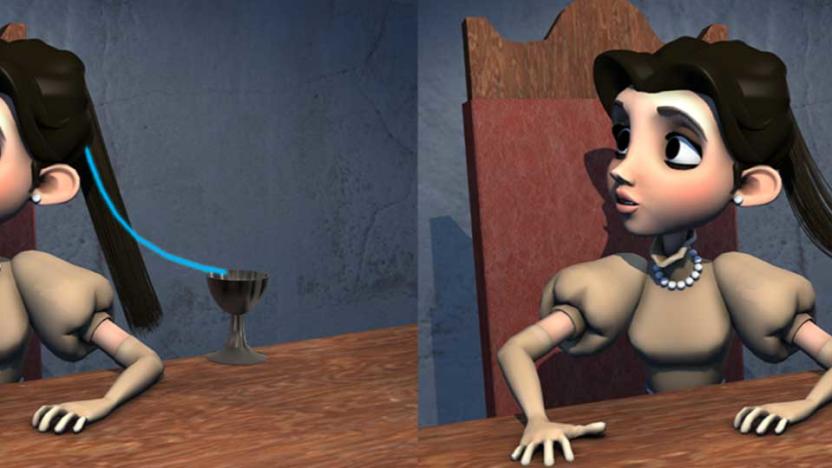
Disney reduces the chances of CG hair disasters
Movie studios often want computer-generated hair to have a specific effect, whether it's a seductive toss or a careless flick that knocks something over. But there's a problem: most rough-cut simulations don't realistically simulate hair, leading to a lot of guesswork and time-consuming edits. Disney (no stranger to hair-centric movies) has a solution, though. It developed a new system that can produce more authentic-looking simulations without an impractical boost to computation power. The trick, it turns out, was to use just a few cleverly controlled sample hairs.

HPE supercomputer will help simulate mammalian brains
Scientists are about to get a serious assist in their quest to simulate brains. HPE has deployed Blue Brain 5, a supercomputer dedicated to simulations and reconstructions of mammalian brains as part of the École Polytechnique Fédérale de Lausanne's Blue Brain Project. The system is based on HPE's existing SGI 8600 (above) and packs a hefty 372 compute nodes between its Xeon Gold, Xeon Phi and Tesla V100 processors, not to mention a whopping 94TB of memory. More importantly, it's flexible -- Blue Brain 5 has four configurations to prioritize different computing tasks, and it can host subsystems geared toward relevant tasks (including deep learning and visualization) while operating as a cohesive whole.

AI is making more realistic CG animal fur
Creating realistic animal fur has always been a vexing problem for 3D animators because of the complex way the fibers interact with light. Now, thanks to our ubiquitous friend artificial intelligence, University of California researchers have found a way to do it better. "Our model generates much more accurate simulations and is 10 times faster than the state of the art," said lead author Ravi Ramamoorthi. The result could be that very soon, you'll see more believable (and no doubt cuter) furry critters in movies, TV and video games.

'Building-scale' VR is helping inform disaster simulations
Scaling up VR to areas larger than your living room is a focus for a number of game developers right now, but other researchers are working on expanding the size capabilities of the tech for a much more important reason: disaster management. In a lecture hosted by Microsoft, professor Katashi Nagao from the Graduate School of Informatics at Japan's Nagoya University explains how his team is reconstructing entire buildings in a VR sphere, to help occupants learn how to act in disaster scenarios such as earthquakes or flooding.










